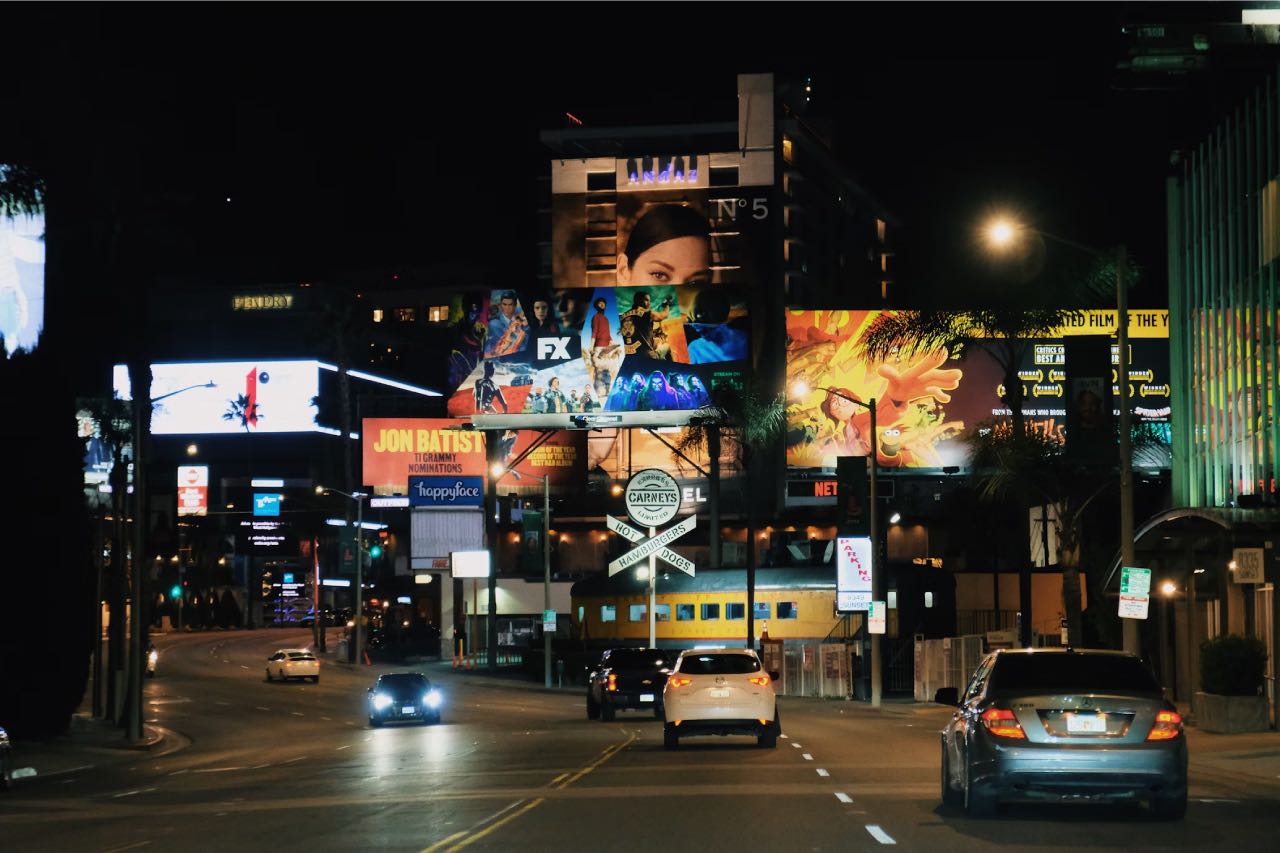
In today’s fast-paced digital era, message relevance is the key to advertising success. This also applies to Out-of-Home (OOH) advertising, which is now shifting away from generic approaches and turning toward hyperlocal targeting strategies—especially in highly dense metropolitan areas like Jabodetabek (Jakarta, Bogor, Depok, Tangerang, Bekasi).
This strategy demands a deep understanding of consumer characteristics at the district level, not just by city or province. This article explores how hyperlocal OOH approaches can be applied to the 50 most densely populated districts in Jabodetabek, and why it’s becoming the future of outdoor advertising in Indonesia.
What is Hyperlocal OOH Targeting?
Hyperlocal OOH Targeting is an outdoor advertising strategy that targets audiences based on micro geographic locations (such as districts, neighborhoods, or even street-level radius), considering the social, economic, cultural, and behavioral attributes of the local population.
While national ads target everyone, and regional ads cover broader urban groups, hyperlocal ads target individuals based on where they live, their daily activities, and social routines.
Why Focus on the District Level?
Districts are small enough to reflect unique community characteristics, yet large enough to provide profitable advertising opportunities.
Examples:
- Tebet District (South Jakarta) is populated by dynamic urban youth—ideal for tech startups and F&B advertising.
- Cengkareng District (West Jakarta) is dominated by the working class with high mobility—ideal for transport and financial services.
- East Bekasi District has many young families focused on household needs, education, and health—ideal for parenting, education, and wellness products.
What Data is Used for Hyperlocal Targeting?
To build an effective hyperlocal campaign, here are the data types commonly used:
1. Population Density & Demographics
- From BPS (Central Statistics Agency), local registries, and other statistics platforms.
- Shows age, gender, education, household size.
2. Mobility & Traffic Data
- From GPS apps like Waze, Google Maps, or telco providers.
- Maps commuter flows, peak traffic hours, and travel patterns.
3. Socioeconomic & Lifestyle Profiles
- Based on consumption surveys, income levels, and lifestyle preferences.
- Can be sourced from market research platforms and social media.
4. Consumer Behavior Data
- Includes location check-ins, restaurant reviews, digital transactions, and ad interactions.
- Helps identify the psychographic context of each district’s population.
Case Studies: Segmenting 3 Districts in Jabodetabek
1. Kuningan District, South Jakarta
- Profile: Young professionals, ride-hailing users, high lifestyle consumption.
- OOH Strategy: LED billboards near MRT stations, digital signage in office buildings.
- Best for: Fintech, e-commerce, premium services (coworking, gym, wellness).
2. Ciledug District, Tangerang
- Profile: Lower-middle income communities, many SMEs, high local mobility.
- OOH Strategy: Static billboards near markets and main roads, transit media (e.g., angkot/minibus).
- Best for: Mobile data packages, FMCG products, local online marketplace promos.
3. Jatiasih District, Bekasi
- Profile: Young family communities focused on education and children’s health.
- OOH Strategy: Digital banners near schools and clinics, billboards in residential areas.
- Best for: Children’s nutrition, online tutoring, digital health services.
Benefits of Hyperlocal OOH Strategy
- More Relevant Messages: Ads tailored to local context feel more personal and emotionally engaging.
- Higher Conversion Potential: The right message in the right place prompts real-world action: store visits, QR scans, purchases.
- Efficient Budgeting: Instead of spreading ads city-wide, focus spending on high-potential zones.
Challenges in Implementation
- Data Fragmentation: Not all district-level data is easily available.
- Infrastructure Limitations: Not every district has ready-to-use OOH spots.
- Scalability: Crafting tailored messages per district requires time and extra cost.
With help from technology and local data providers, however, these challenges are increasingly solvable.
Conclusion
Hyperlocal OOH targeting is the future of outdoor advertising, especially in large urban zones like Jabodetabek. By understanding consumer profiles down to the micro level—across the 50 most populated districts—brands can deliver more targeted, impactful, and memorable messages.















